Olive Young - Yaksu Station Branch [Tax Refund Shop] (올리브영 약수역)
5.8Km 2024-04-22
189, Dongho-ro, Jung-gu, Seoul
-
Yeonji-dong Sundubu (연지동순두부)
5.8Km 2021-03-22
10, Daehak-ro, 1-gil, Jongno-gu, Seoul
+82-2-762-0593
This place sells a variety of soft tofu dishes. This Korean dishes restaurant is located in Jongno-gu, Seoul. The most famous menu is seafood and soft bean curd stew.
Club Espresso (클럽에스프레소)
5.8Km 2024-02-20
132 Changuimun-ro, Jongno-gu, Seoul
Club Espresso is a café that opened in 1990, constructed with red bricks. They roast their own coffee beans, offering a diverse coffee menu. The Moon Blend, a blend of Colombian, Brazilian, Ethiopian, and Guatemalan beans, is a favorite among regulars and is made with the coffee bean ratio favored by former President Moon Jae-in. Nearby attractions include the Yun Dongju Hill (Cheongun Park) and the Yun Dong-ju Literary Museum, dedicated to the poet beloved by Koreans.
Choong Ang High School (중앙고등학교)
5.8Km 2024-10-24
164 Changdeokgung-gil, Jongno-gu, Seoul
+82-2-742-1321
Choong Ang High School is located in Jong-ro near Samcheongdong-gil. It was built to educate the public at the beginning of the 20th century. The school’s main building was reconstructed in 1937 after the original two-story brick house was destroyed in 1934. The main building situated in front of the main gate is a two-story H-shaped granite stone building in Gothic style, with a four-story tower in the middle.
The school holds historical significance because it was designed by Park Dong Jin, one of Korea's first modern architects and the designer of Korea University’s main building, library, and the Chosun Ilbo Newspaper Company building. The main building of Choong Ang High School is designated as Historic Site No. 281. Many national leaders were educated at the gothic building during the grim period when Korea was trying to escape Japanese colonial rule.
Changuimun Gate - Jahamun Gate (창의문(자하문))
5.8Km 2020-04-02
118, Changuimun-ro, Jongno-gu, Seoul
+82-2-2148-1822
Changuimun Gate was often called Jahamun Gate. It was one of four mini-gates in the north surrounding the walled city of Hanyang (Seoul) during the Joseon dynasty. After the closure of Sukjeongmun Gate, one of the four main gates, Changuimun Gate became a favorite north gate. Hence, people also called Changuimun the North Gate. It is the only gate among four mini gates that is still in its original state. Although it is small, almost 50m² in terms of size, it looks very firm and sturdy. While Dongsomun Gate, another of the four mini gates, is decorated with a phoenix, Changuimun Gate is adorned with a wooden chicken along its rafters. The reason behind the wooden chicken was that the chicken was believed to be the nemesis of the centipede. People believed that installing the wooden chicken was important to overcome the harmful spirit of the centipede.
Buam-dong Gaeyeoalsa (부암동 계열사)
5.8Km 2024-02-21
7 Baekseokdong-gil, Jongno-gu, Seoul
Buam-dong Gaeyeoalsa is a chicken place that has received recognition in the Blue Ribbon Survey, the first restaurant guide in Korea. The representative menu is the fried chicken served in a bamboo tray with wedge potatoes. The chicken has a thin and crispy coating. Nearby attractions include the Yun Dongju Hill (Cheongun Park) and the Yun Dong-ju Literary Museum, dedicated to the poet beloved by Koreans.
Darakjeong (다락정)
5.8Km 2021-03-26
131-1, Samcheong-ro, Jongno-gu, Seoul
+82-2-725-1697
Darakjeong has been popular for a long time because of the simple taste of its traditional Mandu (Korean stuffed dumpling). Since its opening in 1991, tasty soup and scrumptious Mandu have been served. A fist-sized Mandu is fully packed with seasoned meat, bean-curd, and various vegetables. Its thick dough makes it chewy and delightful. For one person, “Manduguk”(boiled dumpling soup) is a good choice. The delicious and nourishing taste of Mandu goes well with the sweet, spicy, and fresh taste of the soup. Manduguk is served in a brass bowl which keeps the food warm while eating. For a large-size group, “Mandujeongol” cooked with various vegetables in a casserole is recommended. There are two types of Mandujeongol that have different tastes. The main characteristic of “Kimchi Mandujeongol” is its spicy flavor, which reminds people of the refreshing taste of Kimchi soup, and “Tojang Mandujeongol” expounds on the savory taste of bean-paste soup. Tojang means folk soybean-paste. “Nokdujeon”(a Korean pan-fried dish with green mung bean) is another famous dish at Darakjeong, which is pan-fried with a very light seasoning to emphasize the original taste of Nokdu (green mung bean). Salted oysters with hot pepper are served with Nokdujeon instead of soy sauce, which is a perfect match.
River View [Korea Quality] (리버뷰(River View)[한국관광 품질인증])
5.8Km 2024-07-25
191, Dokseodang-ro, Seongdong-gu, Seoul
+82-10-3539-1689
Riverview is a foreigner-only homestay apartment on Dokseokdang-ro in Seongdong-gu, Seoul. Public transportation links are good so guests can travel round the city with ease. Accommodation is in personal bedrooms, with a shared living room and kitchen. A washing machine can be used free of charge, and breakfast is provided. Situated on the 12th floor, the apartment has great views of the Hangang River and the surrounding mountains. The Hangang Cycle Path runs close by, and riding the path on a rented bike is highly recommended.
Bugaksan Mountain (북악산)
5.8Km 2024-03-04
Cheongun-dong, Jongno-gu, Seoul
+82-2-765-0297
Bugaksan Mountain is the mountain that one can see behind the Gyeongbokgung Palace and the Cheong Wa Dae to the north. Hanyangdoseong, the city wall that surrounded the historic capital of Hanyang, was built by connecting the ridges of this mountain. These walls can still be found today, having been preserved quite well. Different trails weave through the area along the Hanyangdoseong, the Seoul City Wall, and one can visit these trails at night as well. Bugak Skyway is a road that connects Changuimun Gate to Jeongneung Royal Tomb, and one can get a great view of Seoul’s city center from the Palgakjeong Pavilion on Bugak Skyway.
Changdeokgung Palace Complex [UNESCO World Heritage Site] (창덕궁과 후원 [유네스코 세계유산])
5.8Km 2025-07-21
99 Yulgok-ro, Jongno-gu, Seoul
Changdeokgung Palace was the second royal villa built following the construction of Gyeongbokgung Palace in 1405. It was the principal palace for many kings of the Joseon dynasty, and is the most well-preserved of the five remaining royal Joseon palaces. The palace grounds are comprised of a public palace area, a royal family residence building, and the rear garden. Known as a place of rest for the kings, the rear garden boasts a gigantic tree that is over 300 years old, a small pond and a pavilion.
The palace gained importance starting from the time of Seongjong, the 9th king of Joseon, when a number of kings began using it as a place of residence. Unfortunately, the palace was burned down by angry citizens in 1592 when the royal family fled their abode during the Imjin War. Thanks to Gwanghaegun, the palace was restored in 1611. Even today, it houses a number of cultural treasures, such as Injeongjeon Hall, Daejojeon Hall, Seonjeongjeon Hall, and Nakseonjae Hall.
Changdeokgung Palace’s garden behind the inner hall, called the "Secret Garden," was constructed during the reign of King Taejong and served as a rest area for the royal family members. The garden had formerly been called Bugwon and Geumwon, but was renamed Biwon Garden, or Secret Garden, after King Gojong came into power. The garden was kept as natural as possible and was touched by human hands only when absolutely necessary. Buyongjeong Pavilion, Buyongji Pond, Juhamnu Pavilion, Eosumun Gate, Yeonghwadang Hall, Bullomun Gate, Aeryeonjeong Pavilion, and Yeongyeongdang Hall are some of the many attractions that occupy the garden. The most beautiful time to see the garden is during the fall when the autumn foliage is at its peak and the leaves have just started to fall.
Though it has been treasured by Koreans for centuries, Changdeokgung Palace and its complex was recognized as a World Cultural Heritage site by the UNESCO World Cultural Heritage Committee in December of 1997 during the committee meeting in Naples, Italy.
![Olive Young - Yaksu Station Branch [Tax Refund Shop] (올리브영 약수역)](http://tong.visitkorea.or.kr/cms/resource/83/2889583_image2_1.jpg)
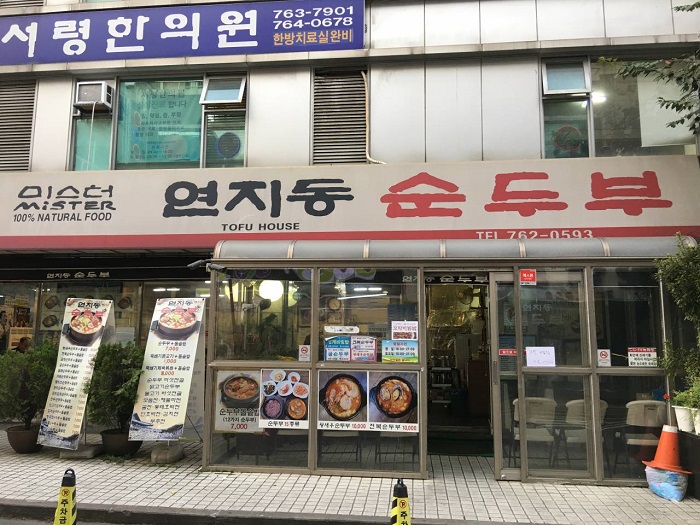
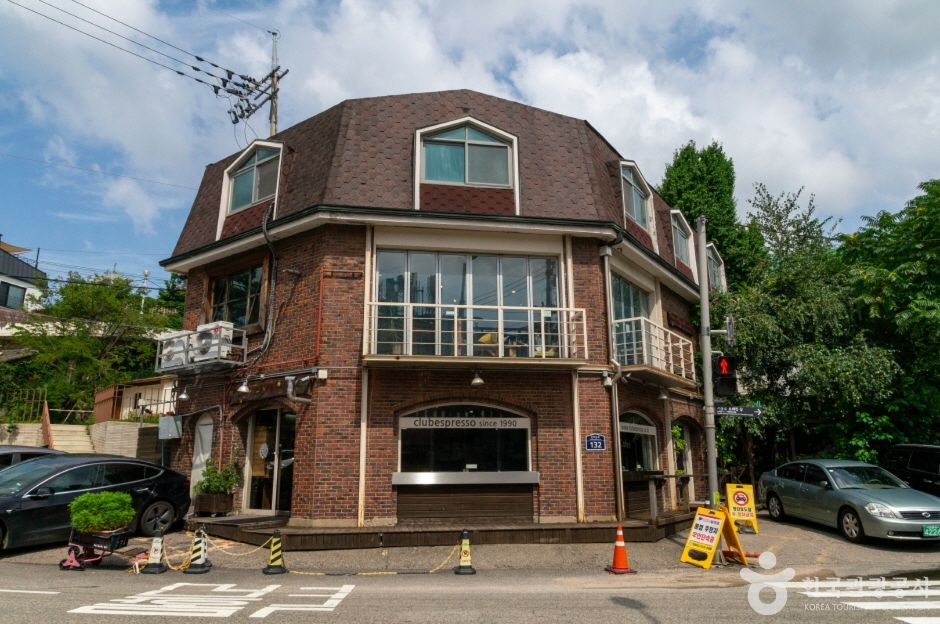
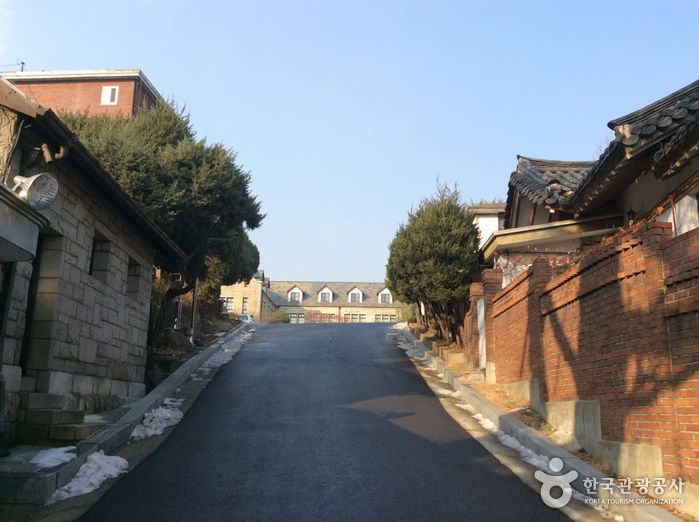
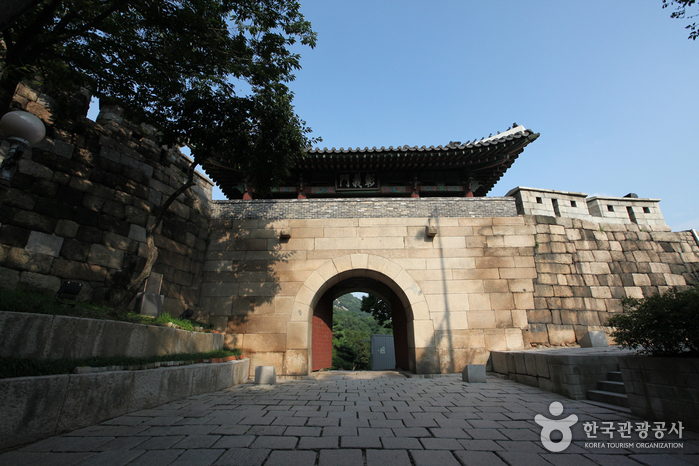
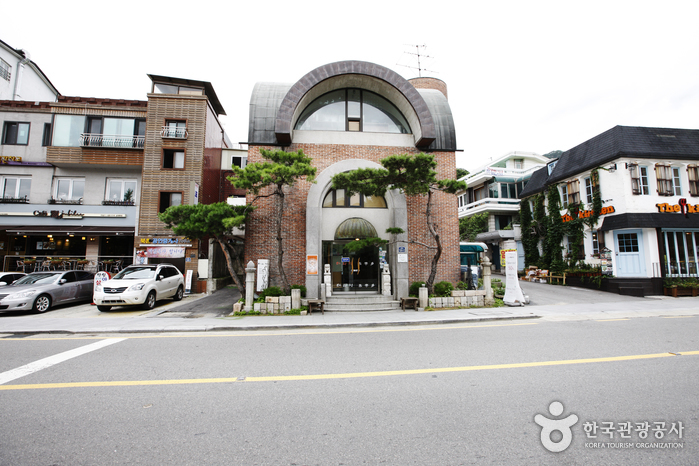
![River View [Korea Quality] (리버뷰(River View)[한국관광 품질인증])](http://tong.visitkorea.or.kr/cms/resource/74/2592474_image2_1.jpg)
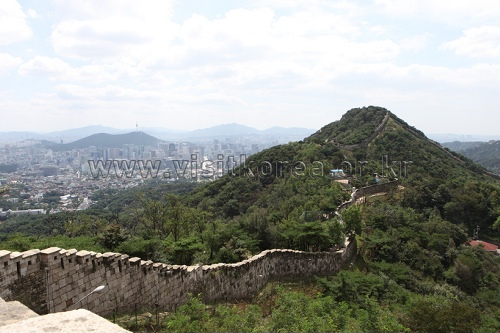
![Changdeokgung Palace Complex [UNESCO World Heritage Site] (창덕궁과 후원 [유네스코 세계유산])](http://tong.visitkorea.or.kr/cms/resource/03/3092503_image2_1.jpg)
 English
English
 한국어
한국어 日本語
日本語 中文(简体)
中文(简体) Deutsch
Deutsch Français
Français Español
Español Русский
Русский